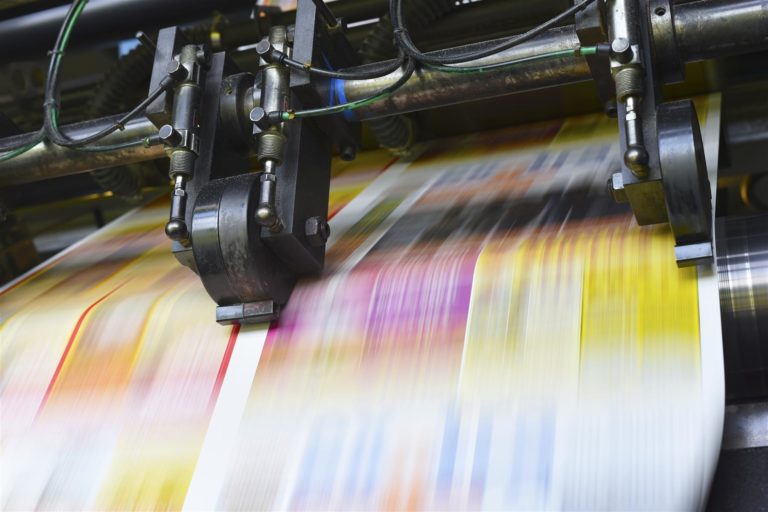A recent assignment proved that just because you’re measuring does not mean you’re improving.
A folding carton printer was struggling with rework and implemented more and more quality inspections hoping to reduce their rework. As inspections increased to five, six, and seven, they started noticing small reductions in rework and decided to measure the number of inspections as an indication of quality.
In our work with them, we proved that the number of inspections as a measure of quality was not a good measurement because there is a point of diminishing return. In other words, increasing the number of inspections beyond four resulted in significant increases in cycle time and cost/product while having a negligible effect on rework. This is a good example of the importance of measuring the right stuff.
The importance of measuring performance has been discussed by many management gurus, but perhaps most eloquently by Tom Peters. For example, in his books, “In Search of Excellence” and “A Passion for Excellence” he talks about how organizations that set goals and use measurements to monitor progress generally meet or exceed those goals. He also said that people whose performance is being measured generally increase their performance.
Unfortunately there are three challenges when measuring operational performance in graphic arts workflows.
The greatest challenge is using the wrong measurement, especially one that is not actionable. A good example is the most popular measure of throughput for digital presses which is “clicks” or pages printed. In most cases, clicks is not actionable because the constraint is typically a lack of demand. Perhaps the better measure would be the ratio of pages printed/ pages sold, which would be a measure of correct pages.
The second challenge is automating the data collection process. In most company’s first attempt at this, they ask staff to write down what they do throughout the day. Unfortunately, this reduces productivity and increase errors. Meanwhile, there are data gathering tools in the form of computer software working behind the scenes, collecting data that does not impact staff performance.
The third challenge was described by Tom Peters in the book, “Thriving on Chaos” when he says that measurement is too often equated with how many pounds of numerical indicators received. While it’s great to have loose leafs filled with data, managers should only focus on 5-10 key performance indicators every day.
The underlying problem with the folding carton printer was more of a cultural problem in which work was rushed through the early steps of the process, inaccurately and incompletely under the assumption that it would be faster to correct later in the process.
A possible next-generation metric that I have been testing for a few years is what I call the first-time correctness ratio (FTCR). If you catch 6 out of 10 mistakes in the first inspection of the process, that would be a 60% FTCR. This company had a 60% FTCR which is below what I have found from other companies (the industry standard) and well below the leaders’ ratio.
The recommendation was simple: measure the right stuff and get it right the first time.
—
Howie Fenton is the Vice President of Consulting Services for IMG. He helps in-plants measure, identify and overcome operational issues. To learn more about measuring performance, benchmarking to leaders, increasing productivity, and improving your value, e-mail hfenton@imgresults.com.


